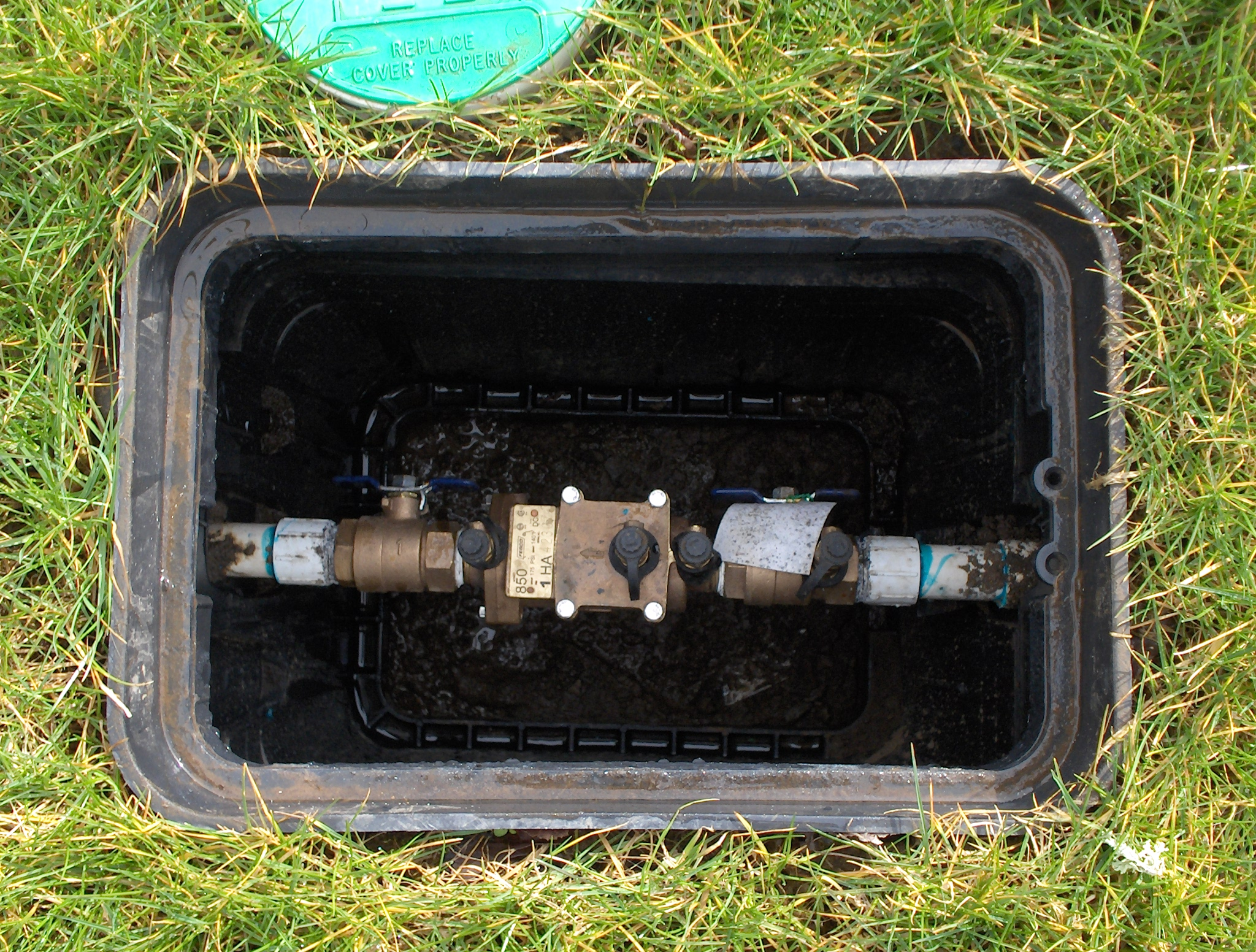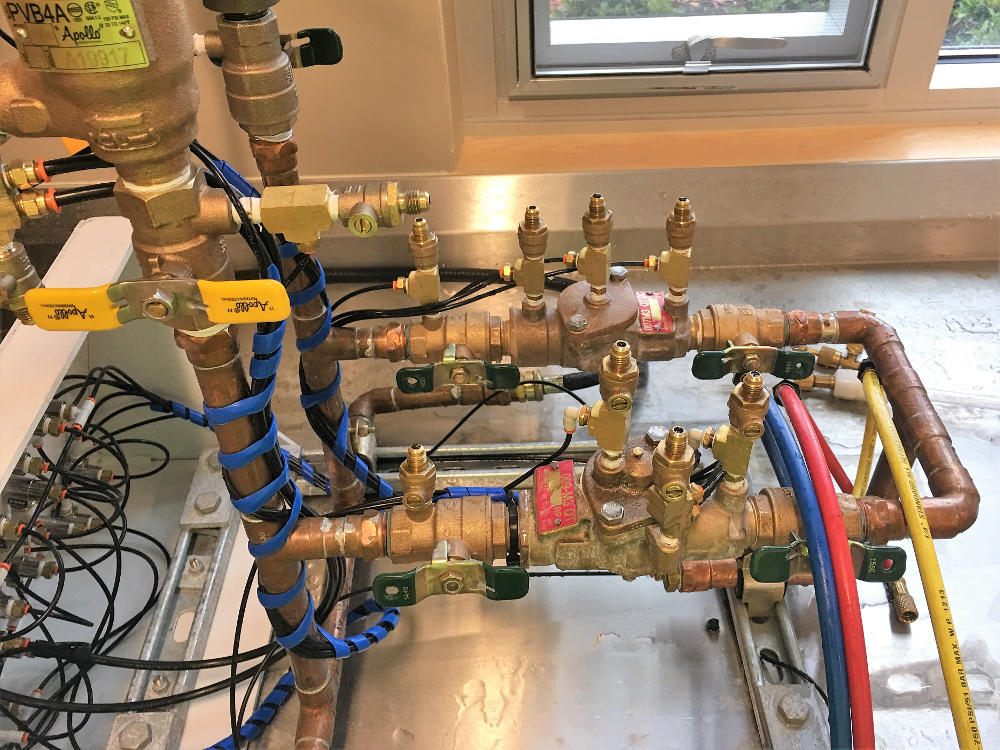Do I Perform a Backflow Test on My Water System?
Do I Perform a Backflow Test on My Water System?
Blog Article
Are you looking for advise concerning Backflow Assembly Testing?

Yes, you need to backflow examination your home's water supply to make sure that the water is free of toxic substances and hazardous levels of chemicals. Due to the devices needed as well as room for error, you need to not attempt to perform backflow screening by yourself. We recommend that you call an expert plumber every number of years to check your water.
What is Backflow?
Basically, backflow is when water moves upwards-- the contrary direction in the plumbing system. This is additionally called "backpressure." When the water relocates this direction, it can combine with damaging contaminants as well as posture a threat.
What Triggers Heartburn?
A regular cause of backflow is a loss of water pressure that causes the water to siphon back into the water supply. An example is cleaning out a paint pail using a tube. You load the paint pail up with water, leaving the tube in the container. After a long time, there is a loss in water pressure as well as the pipe begins to draw the water back into the supply of water. As you can think of, there are currently chemicals from the paint that are entering the water, potentially presenting a hazard. Lots of individuals are not also mindful of backflow testing, but there are numerous reasons why it's so vital.
Heartburn Screening is Needed by Legislation in Particular Cities
Relying on where you live, you could in fact be required by regulation to backflow examination your legislation. As an example, Iowa City keeps a record of all homes served by the city's water supply. The city requires that specific "high-hazard" facilities go through backflow testing. Sometimes, residential properties such as residences and also apartment buildings are influenced.
You Can Protect Against Backflow
If you have a professional plumber set up a backflow tool, hazardous backflow is easily preventable. The plumber will certainly additionally test for backflow as well as establish if there is an active risk. The primary purpose of a heartburn device is to stop water from streaming backward right into your water supply. Plumbers install the device on the pipes in your residence to guarantee that the water only flows in the proper instructions.
Heartburn Can Impact Both You and also Your City
Due to the fact that unsafe heartburn can influence the public water supply in enhancement to a solitary structure, several cities develop heartburn guidelines. Thankfully, modern cities have backflow tools in position that protect the water that comes from many residences and industrial properties. The genuine threat originates from watering systems, which can hurt the water with toxic plant foods, manure, and also other chemicals.
Call a Plumber to Evaluate for Backflow Before It is Too Late
While it may appear grim, contaminated water can lead to terrible bacterial and viral infections that are hard to treat. If there are any kind of harmful chemical degrees, a plumbing company can promptly test your house's water to figure out. The small investment is if you can stay clear of the torment that comes from consuming alcohol polluted water. And also if you do discover that your water has high degrees of toxic substances, a plumber can easily set up a backflow prevention device.
Yes, you require to backflow examination your home's water supply to guarantee that the water is complimentary of contaminants as well as damaging levels of chemicals. A regular cause of heartburn is a loss of water stress that causes the water to siphon back right into the water supply. After some time, there is a loss in water stress and also the hose pipe starts to suck the water back right into the water supply. The primary objective of a backflow tool is to prevent water from streaming in reverse into your water supply. Lots of cities develop heartburn standards because harmful heartburn can influence the public water supply in addition to a single structure.
WHY DOES BACKFLOW TESTING NEED TO BE DONE EVERY YEAR
What Is Backflow?
Toxic gas backing up into a building is one example of potential backflow issues, but backflow can occur in many other ways.
Backflow is generally referred to as the reversal of a liquid or gas in a plumbing system.
Most issues for the public occur with backflow resulting in contaminated drinking water. If you look up backflow issues online you’ll probably find references to “potable” water. That means drinking water.
There have been backflow issues in the past with drinking water. Chemicals, sewage and other contaminants have found their way into drinking water causing health issues for those that count on the fresh water.
What Causes Backflow?
In a residence or commercial building water generally flows one way. This normal flow is usually driven by consistent pressure in the water and waste system.
Anything that changes the normal pressure in the system can lead to backflow.
Fire hydrant use or malfunction can reverse the normal pressure in the system on a city line, but backflow can occur in a number of different ways.
Sometimes backpressure might be caused by someone using a garden hose and submerging the end of the hose in a pool of liquid. If pressure is lost the flow could reverse and contaminants could be released into the drinking water.
Anytime there is a connection between contaminants and the drinking water there is potential for a backflow issue. Sometimes these connections are not immediately obvious like the garden hose connecting to a building’s drinking water supply.
Backflow Regulations
The Environmental Protection Agency (EPA) provides guidelines and regulations for state and local governments regarding backflow. State and local governments also have their own guidelines and regulations for backflow prevention.
Arizona has its own backflow regulations.
Due to issues with backflow in the past, regulations require backflow preventer devices to be used in nearly all residential and commercial buildings.
A backflow preventer is a device that prevents backflow as cross-connection points where potential backflow issues may occur.
While backflow is not a common occurrence, preventers are in place to make sure there is no contamination should something malfunction or go wrong with a building’s water supply.

We were made aware of that editorial about Backflow Prevention through a good friend on a different web page. Are you aware of anybody else who is interested by the niche? Why not promote it. We enjoy reading our article about Backflow Testing.
Additional Information
Report this page